bribrius
Been spending a lot of time on here!
- Joined
- Jan 12, 2014
- Messages
- 8,709
- Reaction score
- 1,311
- Can others edit my Photos
- Photos NOT OK to edit
two or three feet wide?
you don't want a 5100. Go for the 3200 or whatever and the 24 mp.
5100 is old tech anyway. Point and shoots have decent mp too now. consider a point and shoot in the twenty or near twenty mp.
you don't want a 5100. Go for the 3200 or whatever and the 24 mp.
5100 is old tech anyway. Point and shoots have decent mp too now. consider a point and shoot in the twenty or near twenty mp.


![[No title]](/data/xfmg/thumbnail/37/37521-5e19cc15e190997d963ed09c3c13ca9c.jpg?1619738129)
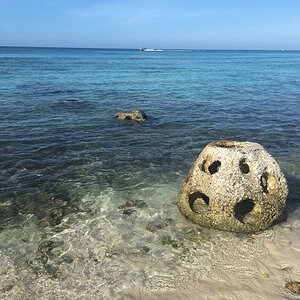
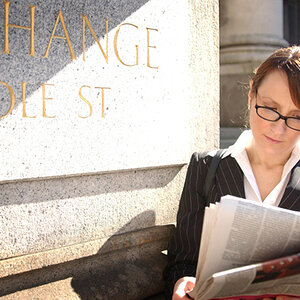

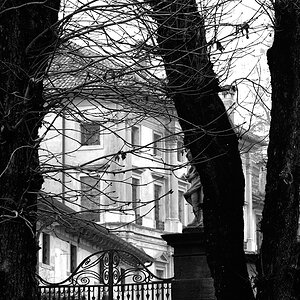
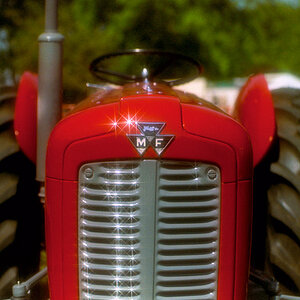
![[No title]](/data/xfmg/thumbnail/37/37519-6093821531f744039f3ac2b3e30c7dbf.jpg?1619738128)
![[No title]](/data/xfmg/thumbnail/36/36662-242aa39f5cb3a23494857864779f669b.jpg?1619737675)
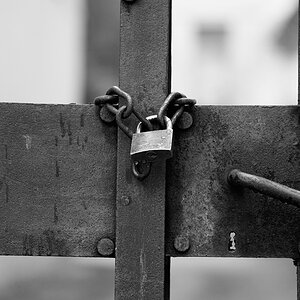
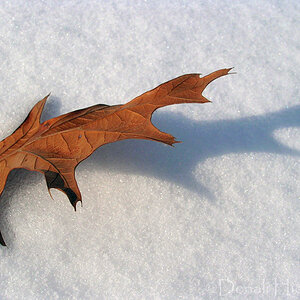
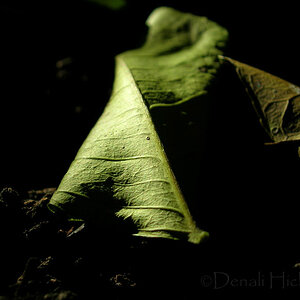
![[No title]](/data/xfmg/thumbnail/35/35946-771bfce9b2727c9126587d96c471da80.jpg?1619737254)